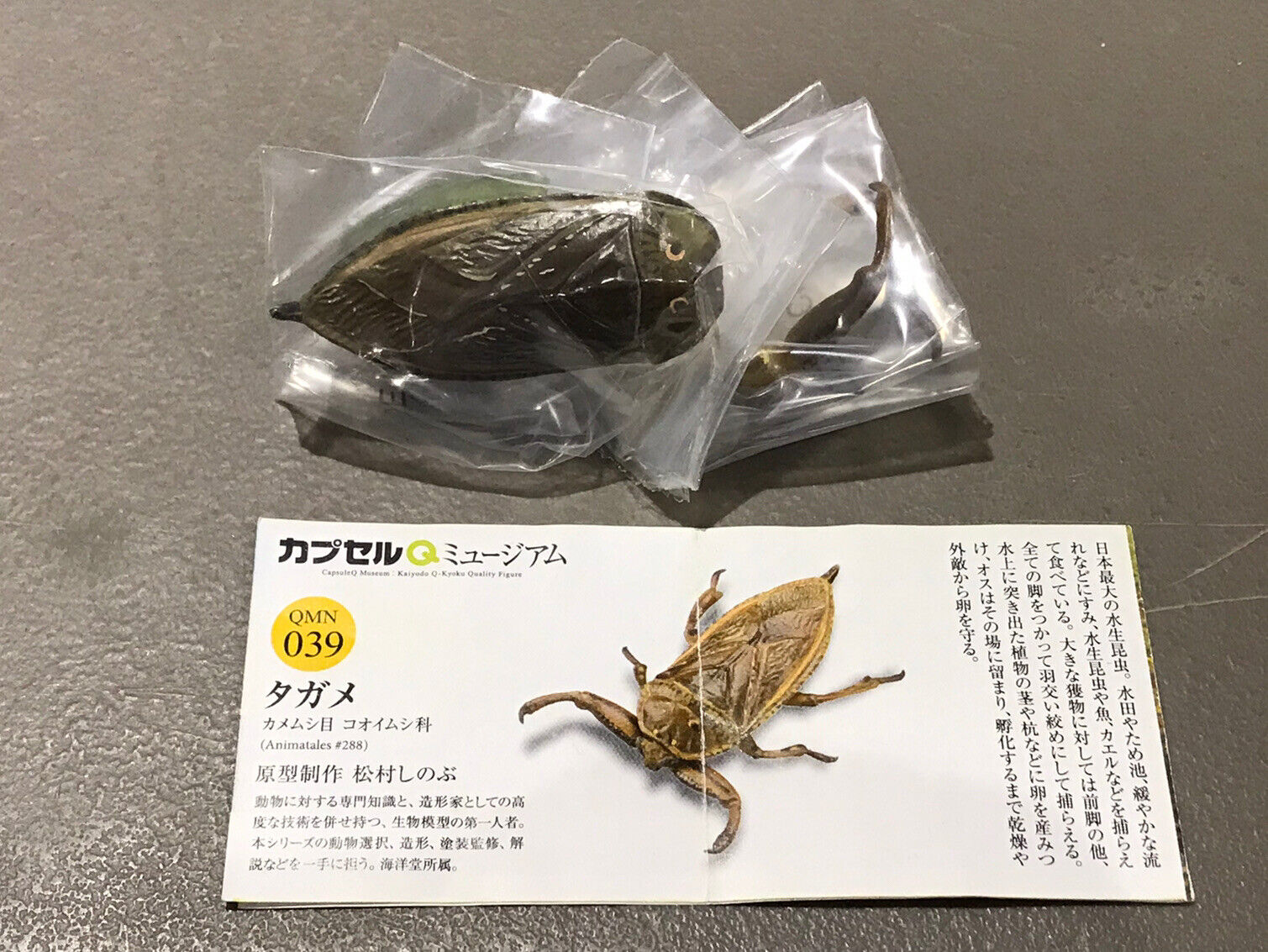-40%
50+ EGGS Phyllium Gantungense Rizal' rare exotic giant leaf bug pet for hatching
$ 20.59
- Description
- Size Guide
Description
..THIS SALE IS FOR 50+ EGGS, FROM MATED FEMALES..Phyllium Gantungense 'Rizal' is a relatively new species in captivity, named in 2009,
they have unique quality of laying orange eggs, instead of brown as other leaf bugs.
Easy to grow, great pet for classrooms, fun to look at,
eventually harvest your own eggs to sell, or give as gifts!
(females are known to lay around 300 eggs in a life-cycle)
FRESH EGGS recently harvested 2021
these eggs have never been refrigerated,
they can be stored in a fridge to prolong dormancy,
but that can reduce their hatch rate.
................................leaf bug grow guide..............................
hatching eggs;
-hatching usually takes at least 3 to 4 + months (i have had both early and late hatchers)
-main requirements for eggs are humidity, some fresh air flow, and room temperature ~70-85F
hatching chamber;
-you can use a clear plastic container with a closing lid.
(heat a needle with flame, and poke small holes in container for airflow.. but not so big the new bugs can escape)
-put something in bottom of container for humidity; such as peat moss, vermiculite, perlite, sand, or potting soil
(i use a layer of potting soil with layer of peat moss)
-to hold eggs; put some sand or vermiculite in a plastic lid, place the eggs on the sand in the plastic lid,
-put the lid with the eggs in hatching chamber on top of the humidity material, and close hatching container.
(it's optional that you may choose to have a hatching chamber with an opening on top to let them crawl out,
which is placed inside the cage.. the benifit being you do not have to transfer new leaf bugs to the cage.)
- keep humid but not wet, if to wet it can grow molds, which can kill the eggs..
if mold forms, you can change sand, let them dry out some until mold disappears.
bug cage;
you will need a bug cage.. about 2' feet tall..
it must be tall enough to allow a bottle with leaf stems sticking up..
for baby bugs, it's best if the leaves do not touch the top of cage.
..this is because baby bugs like to crawl up, and up..
so if the leaves touch the top they tend to crawl on top and sides of the cage,
but if leaves don't touch, they are trapped on the leaves where they should be.
leaf litter- over a long time tiny round bug waist accumulates at the bottom of cage..
it can be easily cleaned if the bottom mesh is large enough to let it fall onto paper.
-Avoid handling..
i like to use a paint brush with the softest bristles for moving bugs and eggs..
you can also move them by letting them crawl onto your hand, or a stick,
blowing gentle puffs of air tends to make them move.. they are very delicate.
(don't drop them on purpose, but they tend to glide to the ground like a leaf)
-feeding your new pets-
-place several bramble stems with leaves in a bottle, and fill bottle with water;
-place bottle with leaves in cage..
-change out bottle when the leaves are dry or eaten up.
-baby bugs prefer to eat soft new leaf growth, bigger bugs eat older leaves.
Brambles-
is their favorite food.. at least in captivity;
it's the stickery vine, which sometimes has berries.
which grows pretty much every-where, all-seasons.
rose leaves-
is also something they like to eat. that also grows in all-seasons.
?-
you may choose to experiment with whatever you have alot of,
but they will sometimes eat anything, even if it's poisonous.
Predators - i sometimes see leaf-trap spiders on bramble leaves..
these spiders fold the leaf in half and make a tiny funnel web/trap.
i've also seen a jumping spider trying everything to get in the cage,
they really want to eat the bugs, so just check cuttings for spiders.
My leaf bugs only eat bramble leaves, and occasionally some rose leaves.
-you can mist with fresh spring water, to give them something to drink;
but be careful because the large water drops could drown baby bugs.
This is basic guide, you may find more guides if you search online.
........................................................................................















